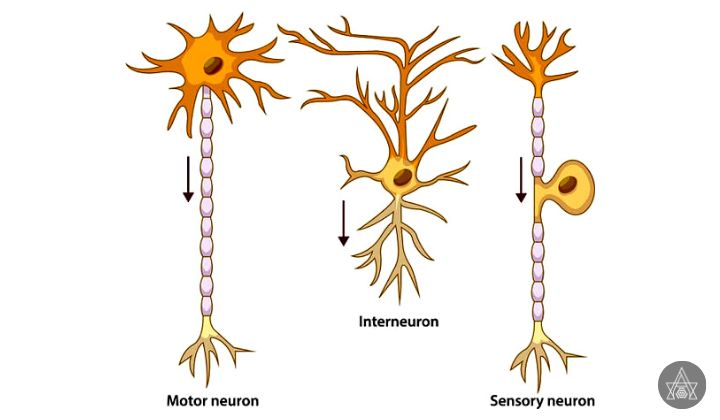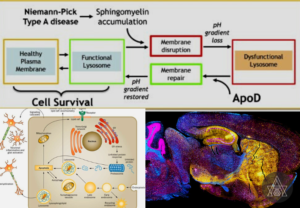Structures & Functions Of Nervous system
Cells in the human nervous system are called neurons. Neurons in the human nervous system can be categorized in to three groups according to their functions. Those are sensory neurons, interneurons and motor neurons.
Sensory neurons collect information about the things occur in external and internal environment. Then send that information to the central nervous system for processing. As an example, sensory neurons with terminals in our fingers would notify our central nervous system that we were touching a particularly hot iron.
Motor neurons send commands which receive information from central nervous system to muscles, organs and also glands. As an example, our hand would release if we touched a hot iron because motor neurons in fingers would start to response.
One neuron is connected to another by inter neurons, which are completely present in the Central Nervous System in the body. They transfer information to other neurons which received from another neurons.

As an example, the message from the sensory neurons in our fingers would reach inter neurons in our spinal cord if we picked up a hot coal. Some of these interneurons would send a message to the motor neurons that control the muscles in our fingers. And also other interneurons send the message up the spinal cord to the neurons in the brain, where it would be viewed as discomfort. The most common kind of neurons which are interneurons, process information in both straightforward reflex circuits and more intricate brain circuits.
According to the above information basically there are three main functions process by the nerve cells.
- Receive signals from the sensory organs.
- Integrate incoming signals.
- Communicate that signals to target cells. (Muscles, Organ or Gland)
When considering the structure of nerve cells, like other cells it also have cell body and nucleus inside the cell.
Based on the function and position of the neurons, they vary in their shape, size, and structure. But mainly there are three fundamental components in all neurons. Those are,
* Cell body
* Axon
* Dendrites

The cell body – The center region of a neuron is known to as a soma. The neuron’s cell body protects its structural integrity, houses its genetic material, and provides energy for its internal processes. Similar to other cell bodies, the soma of a neuron has a nucleus and particular organelles. The membrane covering it provides it with security and allows it access to its immediate surroundings.
The axon, also known as a nerve fiber, is the neuron’s tail-like structure that connects to the cell body at a point known as the axon hillock. Important of the axon is to convey electrical messages to other neurons by carrying signals from the cell body of the neuron to the terminal buttons. Most neurons only have one axon, which can be anywhere between 0.1 millimeters and over three feet in length. Myelin, a fatty material that covers some axons, shields the axon
and speeds up signal transmission. Before coming to a stop at synapses, long nerve has part called axons may split off to deliver impulses to different destinations.
Dendrites – They are fibrous roots, project from the cell body. They are similar to antennas. Dendrites detect and decipher signals transmitted by the axons of another nerve cells. Neurons frequently have many sets of dendrites. Usually, how many they have depends on what they do. As an illustration, Purkinje cells, a special type of neuron, are found in the cerebellum, a part of the brain. These cells’ fully advanced dendritic trees allow them to collect hundreds of impulses.
Axons – Axons of the nerve cells are encased in a fatty layer called the myelin sheath. Its primary job is to act as a physical barrier among nerve cells, avoiding disturbance between the impulses of different neurons. Another function of the myelin sheath is to quicken the movement of nerve impulses along the axon. Myelin sheath is made up of the axons that are encased in Schwann cells. The myelin coating that covers these neurons serves to shield and safeguard the axon.
The synapse, which is a gap between one neuron’s axon and the following dendrite, separates neurons from one another.
Parts of all three types of neurons are same like above. But structures of that nerve cells are slightly difference.







Your point of view caught my eye and was very interesting. Thanks. I have a question for you.
Your article helped me a lot, is there any more related content? Thanks!